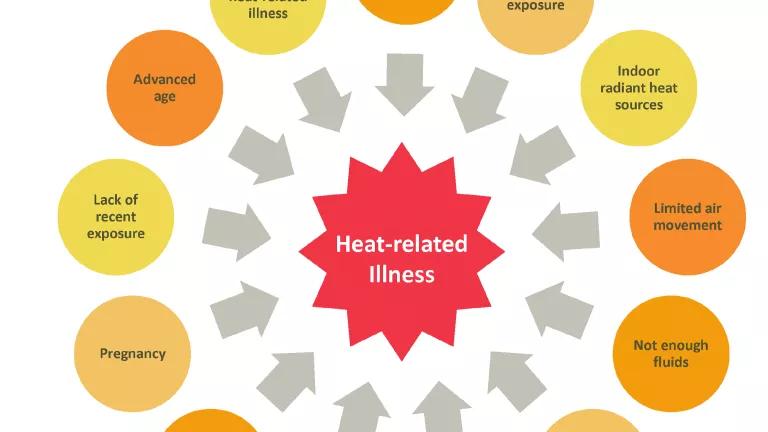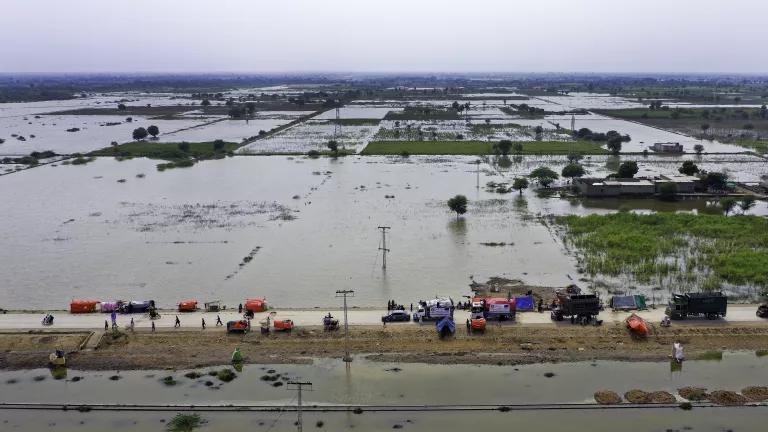
I first became interested in climate change because of how it threatens wildlife and the landscapes I love. But I became a full-time advocate for action on climate change because of how it threatens the people I love.
It's fitting, then, that my first official blog post for NRDC is about an authoritative new federal report by more than 100 leading experts that details how climate change is bad for our health.
As my colleague Kim Knowlton wrote, "The Impacts of Climate Change on Human Health in the United States: A Scientific Assessment" is a comprehensive roundup of the latest science about climate-related health threats. The assessment reaffirms the understanding that climate change is both intensifying existing health challenges and creating new ones.
Take the challenges posed by extreme heat. Although humans have developed ingenious technological ways to keep cool, we can't completely escape our biology. Evidence suggests that sweating, one of our natural cooling mechanisms, doesn't do much to protect us above a "wet bulb temperature" of 95 degrees Fahrenheit. (Wet bulb temperature is a combined measure of temperature, humidity, solar radiation, and other factors.) But even below that threshold, exposure to heat can result in serious illness or death—particularly in children, the elderly, pregnant women, outdoor workers, and people with chronic illnesses. Every summer, extreme heat sends tens of thousands of Americans to emergency rooms and kills hundreds more.
The new assessment shows that heat-related illnesses and deaths will very likely increase as our world continues to warm. That's scary, but it also points a way forward: To protect the health of Americans now and in the future, we need to reduce the climate-changing carbon pollution making heat waves longer and more severe.
Cities, states, and federal agencies have already started to move away from the dirty, carbon-intensive fuels that are driving climate change. In August 2015, for example, the U.S. Environmental Protection Agency finalized first-ever national limits on carbon pollution from power plants. These commonsense limits, called the Clean Power Plan, are the single largest step the United States has taken to protect the nation from climate-related health impacts. Unfortunately, not everyone is on board with these critical protections. The Clean Power Plan has been challenged by powerful dirty energy interests in Congress, state legislatures, and the courts.
The new climate health assessment is a reminder that we must continue to stand up for the Clean Power Plan and other efforts to act on climate. Together, we can remind officials at all levels of government that we want a cleaner, safer energy future for ourselves and future generations.




